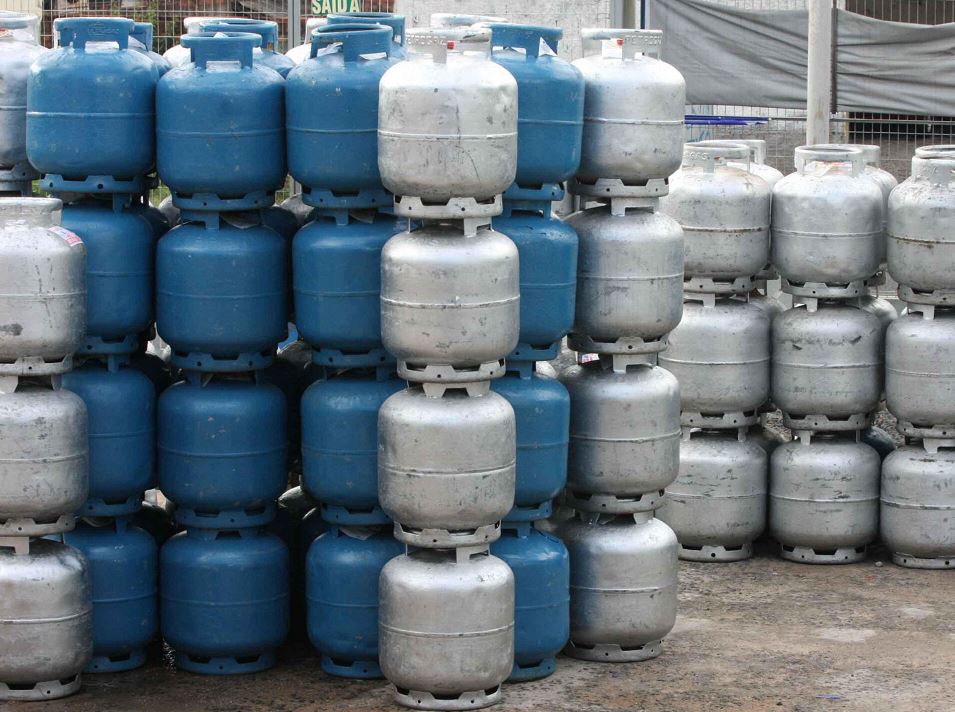RIO DE JANEIRO, BRAZIL – Brazilians used 24 million tons of firewood as an energy source in their homes in 2021. It is the highest level since 2009, according to data from EPE (Energy Research Company).
Last year, the source represented 26% of the residential energy matrix. It was second only to electricity (45.4%). LPG (liquefied petroleum gas) or “cooking gas” represented 23% of the total.
The growth trajectory of firewood follows the reduction in the use of LPG.
“Under ideal economic conditions, the space occupied by firewood should be occupied by gas. What happened as of 2016 was, exactly, the replacement of gas by firewood,” says the technical coordinator of Ineep (Institute of Strategic Studies of Petroleum, Natural Gas, and Biofuels), William Nozaki.

EPE data show that the use of firewood was in decline between 2007 and 2013. The source began to grow in absolute numbers in the following years. It had its most significant increase in 2018, of 12% in comparison with the previous year.
Nozaki highlights the year 2016 because it was when Petrobras equalized the prices charged in the domestic market to those abroad through its international parity price policy (IPP). With less frequent readjustments than diesel and gasoline, the IPP also raised the price of the gas canister.
During this period, firewood was once again used more than cooking gas in the residential matrix. “This was caused by the loss of purchasing power of the salary and the increase in gas price due to the IPP adopted by Petrobras,” says Nozaki.
LPG was the second most used energy source in households between 2012 and 2016, replaced by firewood the following year.
From the beginning of the ANP (National Petroleum, Natural Gas, and Biofuels Agency) historical price series until April 2022, cooking gas increased by 556%. The percentage is more than double inflation in the period: 268%.
From 2016 to now, the average gas cylinder price went from R$74 (US$15) to R$111 until May this year – values corrected by inflation in the period. In May, it represented 9.3% of the minimum wage.
As in the case of diesel and gasoline, it is the second-highest accumulated LPG price increase since the opening of the refining market in Brazil. In 2021, prices increased 33.2%. The percentage is just below the accumulated increase in 2002 when price freedom was adopted.
President Jair Bolsonaro proposed that the states zero the ICMS (Tax on Commerce and Services) on fuels, including LPG, by the end of the year. If they accept, they will be compensated with a total transfer of R$29.6 billion.
For Nozaki, the measure may cause a reduction of between R$0.50 and R$0.80 on the 13-kg cylinder.
“The problem is that this reduction of cents can be quickly lost with new readjustments made by Petrobras, and the margins of refineries and distributors will absorb a portion,” he says.
According to Petrobras’ data, the state tax represents 13% of the final price of the canister. The rest comprises the state-owned company’s portion (49%) and the distribution and retailer margins (38%). Federal taxes on LPG were zeroed in 2021.
With information from Poder360

